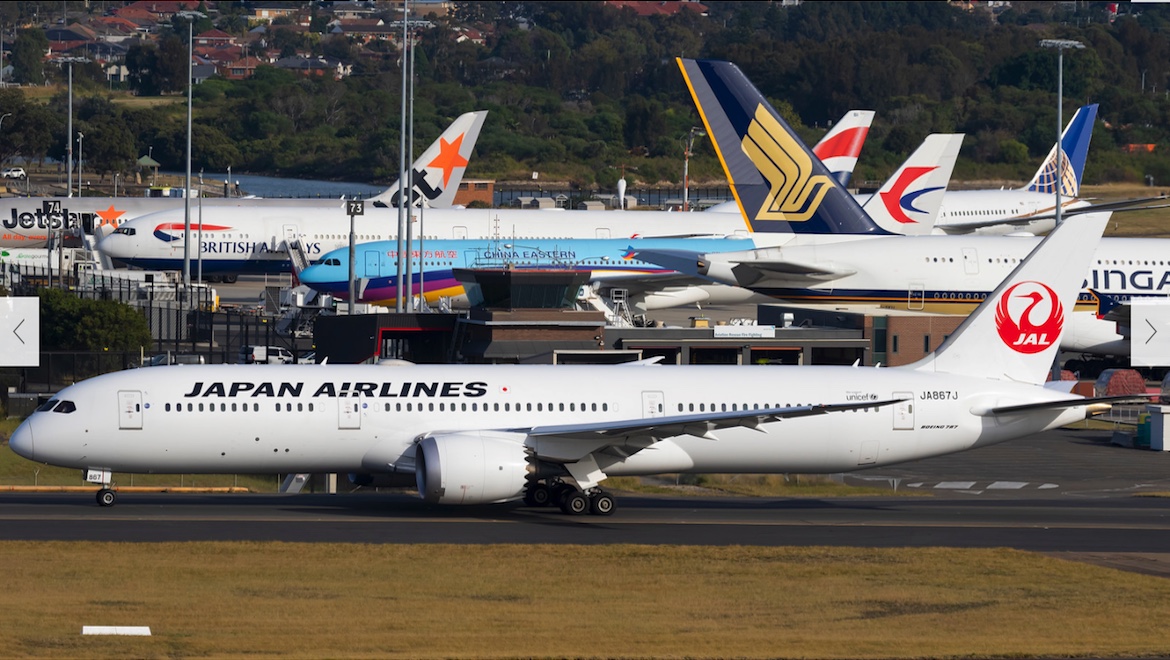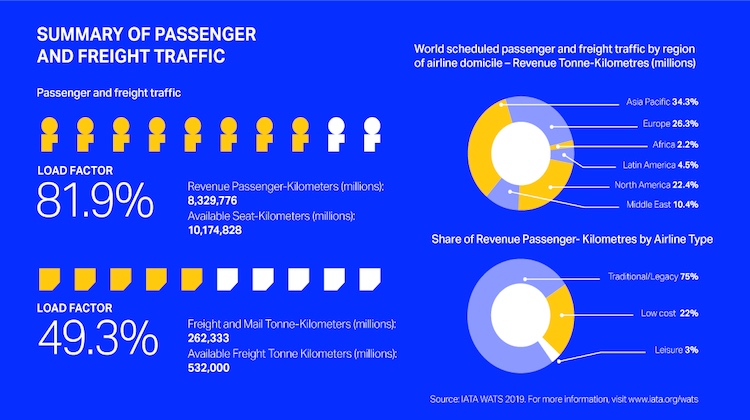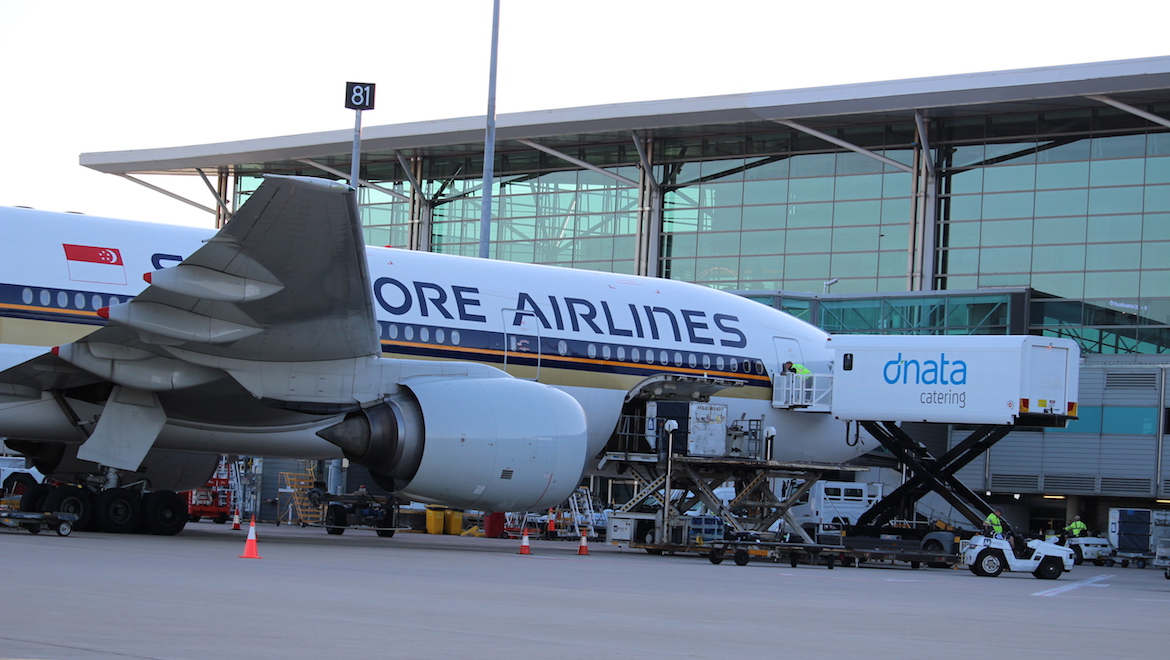
Air travel is continuing to become more efficient and more widely accessible, according to a report from the International Air Transport Association (IATA).
In releasing the data, IATA director general and chief executive Alexandre de Juniac also took the opportunity to emphasise the environmental responsibility that increased connectivity brings.
“We understand that sustainability is essential to our license to spread aviation’s benefits,” de Juniac said in a statement on July 31.
de Juniac reiterated IATA’s commitment to key environmental benchmarks – a cap on greenhouse emissions growth from 2020 and a 50 per cent cut in net carbon footprint compared with 2005 by 2015, and repeated the familiar message that the industry needed governments to provide a supportive framework.
“This ambitious climate action goal needs government support,” de Juniac said.
“It is critical for sustainable aviation fuels, new technology and more efficient routes to deliver the greener future we are aiming for.”
The report, the 2019 edition of World Air transport Statistics (2019 WATS), confirmed preliminary data showing passenger numbers grew in 2018, but at a slower pace, with an even more pronounced slowdown in airfreight volumes.
Airlines carried 4.4 billion passengers on scheduled services in 2018, an increase of 6.9 per cent over 2017, after a 7.3 per cent rise between 2016 and 2017.
The figures were broadly consistent with IATA’s December 2018 outlook report, which factored in a gradual deceleration in passenger departure growth from 7.3 per cent in 2017, to an estimated 6.1 per cent in 2018 and then to 5.6 per cent in 2019. Preliminary monthly figures from IATA show revenue passenger kilometres (RPKs) in May 2019 were up by only 4.3 per cent from May 2018.

The expansion in passenger travel in 2018 was dominated by low-cost carriers (LCC). Of IATA’s current 290 member airlines, some 52 were LCCs.
LCC capacity, measured by available seat kilometres (ASKs), grew by 13.4 per cent in 2018, almost twice the overall industry growth rate of 6.9 per cent. The faster growth meant the LCC segment now accounted for 21 per cent of global capacity, compared with 11 per cent in 2004.
The report showed American Airlines (330.6 billion) narrowly beat Delta Air Lines (330 billion) and United Airlines (329.6 billion) to claim the highest number of scheduled passenger kilometres.
The IATA report also showed record efficiency in 2018, with 81.9 per cent of available seats filled, and fuel efficiency improved by 12 per cent compared to 2010.
The boom in connectivity has meant there were about 22,000 city pairs with direct flights, up 1,300 from 2017 and more than twice the 10,250 city pairs connected in 1998.
At the same time, the report showed slower freight growth, with a 3.4 per cent rise in freight and mail tonne kilometres (FTKs) in 2018, after much faster growth increase of 9.7 per cent in 2017.
The pattern in air freight is in line with a slowing trend in global trade flows. Against the backdrop of the US-China trade war and Brexit, the International Monetary Fund (IMF) in July predicted trade growth, adjusted for inflation, in 2019 was expected to be less than half the 2017 pace.
More charts from the 2019 WATS can be found on the IATA website.











